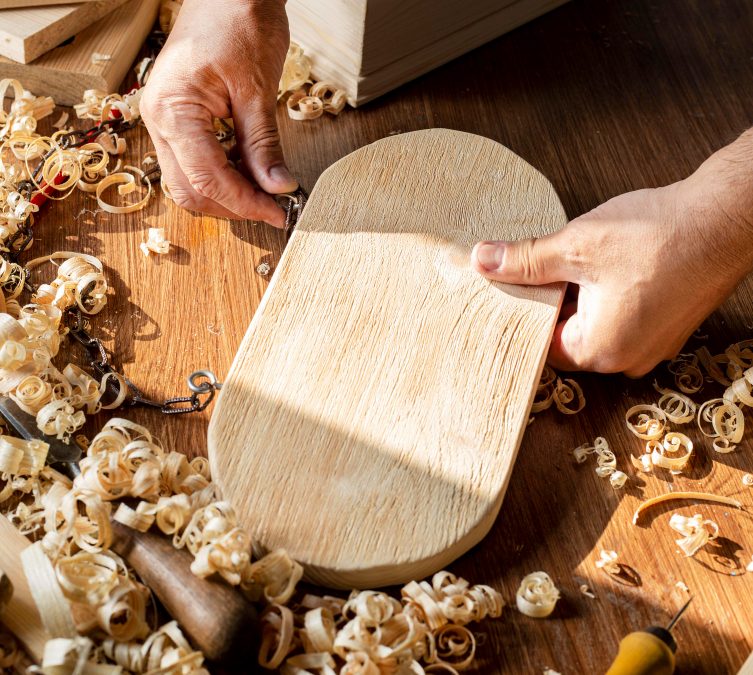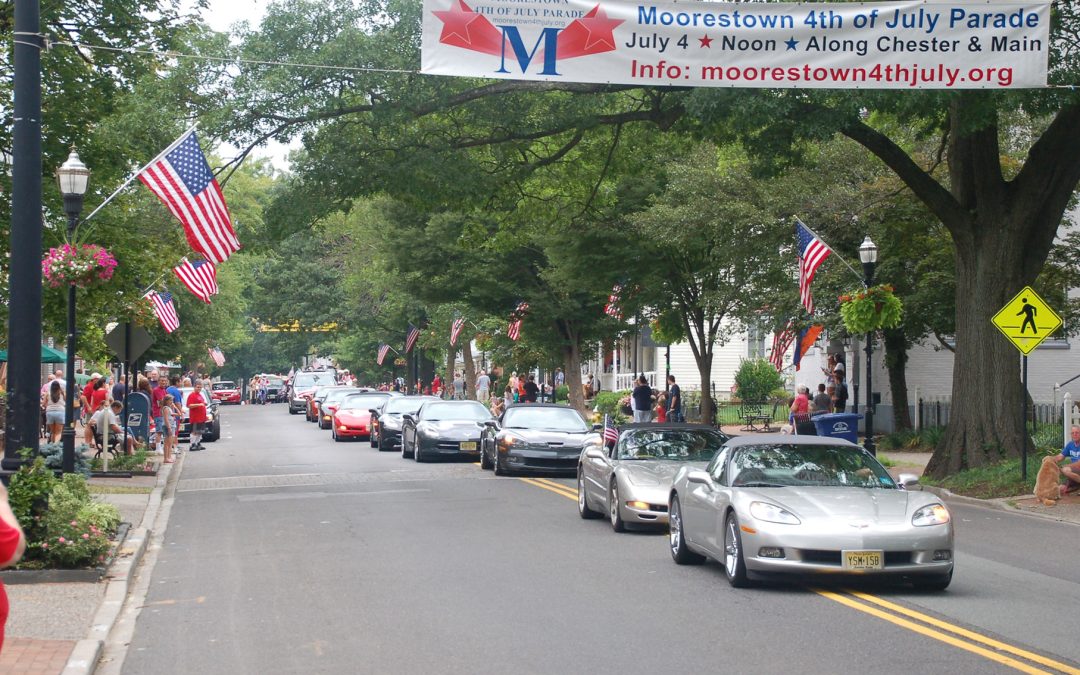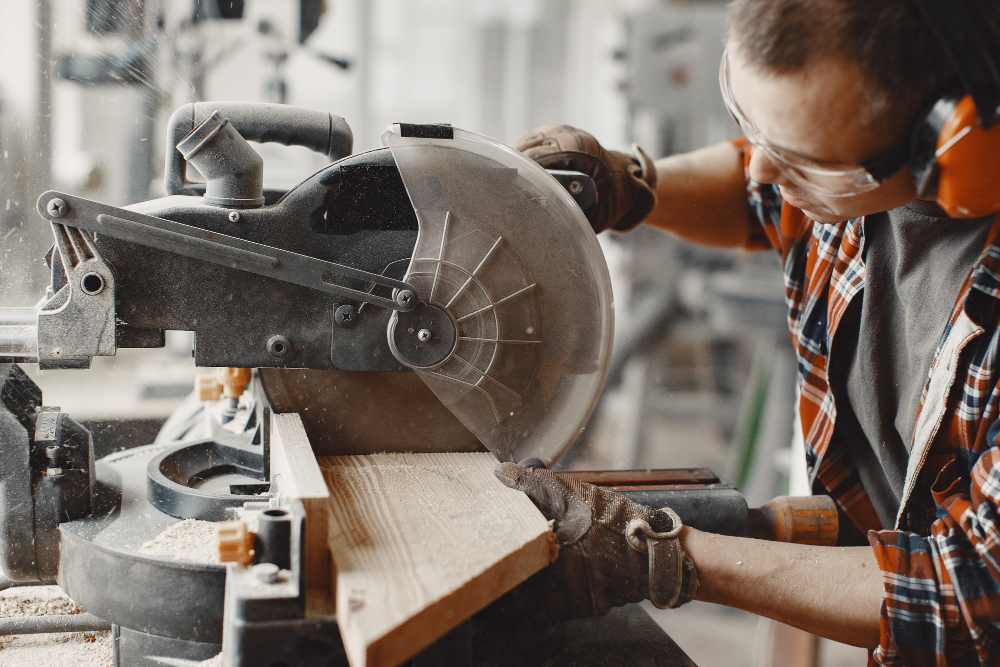Discover the magnificence of Pompeii first-hand with the recent restoration of the House of Vettii, an iconic home that offers a captivating glimpse into Roman society during the city’s final days. Originally owned by two slaves-turned-wealthy tradesman, this remarkable relic of history has been freshly brought to life—unveiling the Cupid Rooms and striking wall paintings within as it illustrates the luxurious domestic life of the ancient city.
On Tuesday, the House of Vettii—or Domus Vettiorum in Latin—was formally unveiled after two decades of restoration, offering visitors a remarkable glimpse into the domestic life of the doomed Roman city. Believed to have once belonged to two former slaves who grew wealthy through the wine trade, the opulent house reveals an extraordinary insight into the grandeur of Pompeii.
The remarkable restoration of the home is a testament to the resiliency of Pompeii and a reminder of its immense cultural significance.
The Cupid Rooms, unveiled last month, stands as a symbol of Roman society, featuring the intricate wall paintings that were so characteristic of the period. Gabriel Zuchtriegel, the archaeological park’s director, expressed his admiration for this marvel: “We’re seeing here the last phase of the Pompeian wall painting with incredible details, so you can stand before these images for hours and still discover new details. It is also a story about the social life of the Pompeiian society and actually the Roman world in this phase of history.” With its combination of nature, architecture, and art, the House of the Vetti is an awe-inspiring representation of Pompeii’s history.
:focal(1500x1000:1501x1001)/https://tf-cmsv2-smithsonianmag-media.s3.amazonaws.com/filer_public/94/38/94382d66-e8e0-43fb-a80a-90f21f192219/gettyimages-1246127412.jpg)
The restoration of the frescoed walls was made possible through the application of paraffin layers, which ultimately allowed for an exquisite preservation of the details, creating a breathtaking final product.
According to Pompeii experts, the Vettis were two men – Aulus Vettius Conviva and Aulus Vettius Restitutus – who had been enslaved but later freed. The “readings” of the revived fresco painting provide insight into the dreams, imagination, and anxieties of the owners of the space, and with proud admiration, it is noted that Greek mythological figures are amongst them.
It is believed that the Vettis became wealthy through the wine trade, and while some have hypothesized they were brothers, there is no certainty about that.
Nonetheless, it is clear that they achieved remarkable success, as evidenced by their upscale domus and garden. This theory is further strengthened by the presence of Greek mythological paintings, which suggest to historians that Aulus Vettius Conviva and Aulus Vettius Restitutus may have recognized their own life story in some way in the figure of Hercules, the hero who overcame challenge after challenge throughout his life.
The impressive marble baths and tables, which surround the garden, are also a testament to the skill of Pompeii’s architect director, Arianna Spinosa, who called the restored home “one of the iconic houses of Pompeii.”
After being discovered during archaeological excavations in the late 19th century, the domus underwent a series of restorations, with the final phase completed in 2020 to restore the frescoes and flooring. This remarkable achievement is a reminder of Pompeii’s rich history and its ongoing commitment to preserving its heritage.
The House of Vettii has stood as a testament to the splendor and resilience of the city of Pompeii. Despite suffering ruin at the hands of a volcanic eruption, many original features of the house and other structures from this ancient civilization have managed to persist and remain visible through expert endeavors such as this restoration project. Together with the Cupid Rooms, these phenomenal creations offer an unparalleled glimpse into Rome’s past and provide a poignant reminder of the vibrant culture and lifestyles that once dwelt there.





